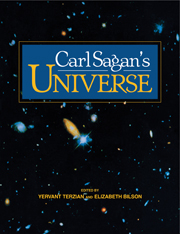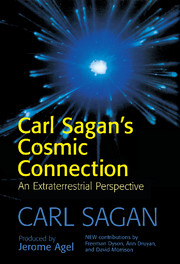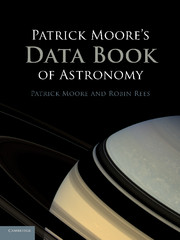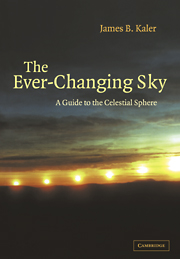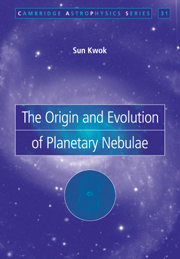Cosmic Butterflies
At the end of a star's life, it wraps itself in a cocoon by spilling out gas and dust. Sometime later, a butterfly-like nebula emerges from the cocoon and develops into a planetary nebula. They are among the most beautiful of the celestial objects imaged by the Hubble Space Telescope. Their structures, like bubbles floating in the void, are complemented by a kaleidoscope of colour emitted by glowing gases. Delicate, lacelike, streamers of gas add to their complexity. The production of a planetary nebula by a star is a milestone in the life of a star, an event that foretells the doom of the star when its central energy source runs out. In this book, Sun Kwok tells the story of the discovery process of the creation of planetary nebulae and of the future of the Sun. Full colour illustrations are included throughout the book.
- Many spectacular images from the Hubble Space Telescope are showcased for the first time
- Explains the life of stars from birth to old age
- Covers star dust, white dwarfs, and black holes
Reviews & endorsements
"...well-written and beautifully illustrated book...The illustrations are numerous, recent, and well produced, hence the book will undoubtedly be used as a reference by professionals." CHOICE
"a beautiful and informative book about planetary nebulae." Astronomy
Product details
September 2001Hardback
9780521791359
190 pages
261 × 257 × 20 mm
0.963kg
27 b/w illus. 117 colour illus.
Out of stock in print form with no current plan to reprint
Table of Contents
- 1. Planetary nebulae - the last hurrah in the life of a star
- 2. The shapes and colors of planetary nebulae
- 3. How do planetary nebulae shine?
- 4. The young and old
- 5. Where do planetary nebulae come from and what will they become?
- 6. The end of lives of stars: white dwarfs, neutron stars, or black holes?
- 7. What is the source of power
- 8. Star dust
- 9. Gone with the wind
- 10. Not with a bang but a whimper
- 11. A morphological menagerie
- 12. Butterflies in the sky
- 13. The missing link
- 14. Stellar metamorphosis
- 15. Unsolved mysteries
- 16. How many are there?
- 17. Measuring the size and mass of the universe with planetary nebulae
- 18. Old stars as molecular factories
- 19. Do we owe our lives to planetary nebulae
- 20. Glossary
- 21. Some commonly observed planetary nebulae
- 22. Further readings
- 23. Notes on images.


